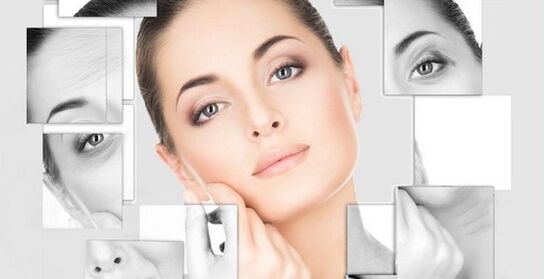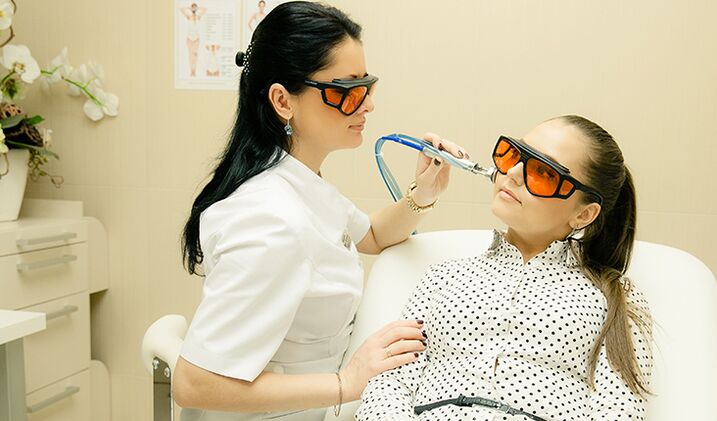
Laser rejuvenation is no longer something rare and mythical. Nowadays, everyone can turn back the years they have lived. However, not all people have reliable information about laser rejuvenation methods, as a result of which they make mistakes when choosing the procedure.
First, you need to understand the types of procedures. There are two of them:
ablative;
not ablative.
In turn, these types of effects are divided into:
solid (full);
broken (not complete).
Perhaps at first glance, these laser rejuvenation methods may seem similar, but this is far from the case. Only the result is the same: after properly selected types of treatments, the skin becomes several years younger and really looks much better.
The non-ablative laser treatment works with the deep layers of the skin, warming them up. The effect of the laser beam energy on the fibroblasts causes them to produce collagen and elastin at an accelerated rate. Microcirculation in the skin layers also improves.
This method is most effective when:
scars and severe skin damage;
extensive rashes;
hyperpigmentation and uneven complexion;
post-acne;
stretch marks.
The non-ablative treatment is based on the operation of the erbium laser. Due to the special wavelength (1550 nm), the upper layers of the skin are not affected, while the lower layers receive the stimulation necessary for recovery. As a result, most errors are eliminated.
Ablative laser treatment works a little differently. This method uses a carbon dioxide laser with a wavelength of 10600 nm. The effect is exerted not only on the lower, but also on the upper layer of the skin. With the ablative method, the texture of the skin is evened out and a lifting effect is achieved. Applicable:
wrinkles around the eyes, small mimic wrinkles;
decreased skin tone;
pigmentation disorders.
It is worth noting that the rehabilitation period after the procedure will be slightly longer, since a larger amount of skin is exposed than with the non-ablative method.
Despite the differences, the essence of the two methods is the same. Using the energy of the laser beam, the water in the dermis heats up and literally evaporates. At the same time, the synthesis of collagen and elastin, necessary for rejuvenation, starts.
Fractional and continuous laser exposure

Although these two methods give approximately the same results, there are significant differences.
With continuous laser treatment, the laser affects the skin in a large spot. However, due to the excessively high risk of scarring and the long recovery time, this laser treatment is practically not used anywhere today.
In another case, the laser is split into many small beams that form a grating. Thus, the laser interacts with only 20% of the skin surface and achieves a 100% rejuvenating effect. This method is more up-to-date and safer, and its use significantly reduces the rehabilitation time.
Laser photorejuvenation
Similar to non-ablative, this rejuvenating technique works with the deep layers of the skin. But they are by no means identical or interchangeable.
The finest laser beams almost completely "ignore" the dermis, but have an excellent effect on the nerve endings of the skin, which give the body a signal for cell renewal. Fine wrinkles disappear, skin tone is restored.
In laser photorejuvenation, devices such as KTP (wavelength 532 nm) and ND: Yag (wavelength 1064 nm) are used. Thanks to these parameters, the laser radiation is perfectly absorbed by the hemoglobin and melanin molecules responsible for skin pigmentation. At the same time, water molecules practically do not heat up. For this reason, laser photorejuvenation is an extremely effective tool for correcting skin color and overcoming the vascular networks on it.
This technique does not require a long rehabilitation period and anesthesia.
Finally
Each laser skin rejuvenation method has its own unique characteristics that greatly affect the final result. A technique must be carefully selected so that rejuvenation is not only easy and effective, but also safe.
It is worth knowing that some beauticians do not reveal to the client all the features of this procedure and choose a device for laser treatment based on the principle of "available". To avoid this, contact experienced professionals with experience who will complete the worktested positive during its duration.
























































